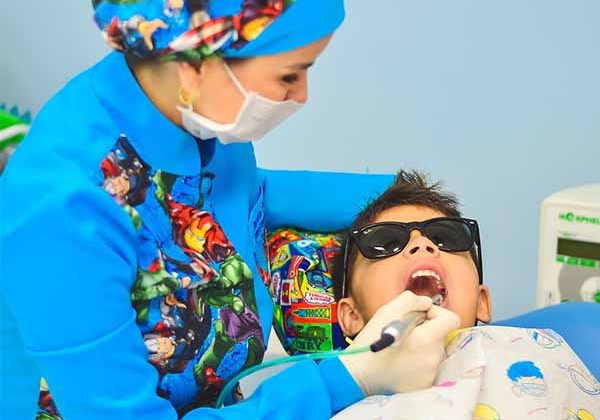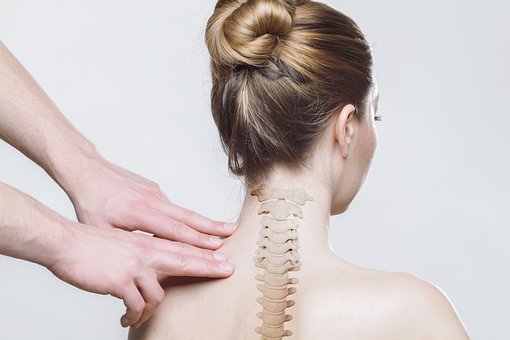Physical activity may attenuate menopause-associated atherogenic changes
A new study on menopausal women shows that leisure-time physical activity is associated with a healthier blood lipid profile. However, results suggest that leisure-time physical activity does not seem to entirely offset the unfavorable lipid profile changes associated with the menopausal transition.
 Women experience a rapid increase in cardiovascular disease (CVD) risk after the onset of menopause. This observation suggests the presence of factors in middle-aged women that accelerate the progression of CVD independent of chronological aging.
Women experience a rapid increase in cardiovascular disease (CVD) risk after the onset of menopause. This observation suggests the presence of factors in middle-aged women that accelerate the progression of CVD independent of chronological aging.
“It is well known that physical activity has health benefits, yet it is less clear to what extent physical activity can prevent the negative changes seen in blood lipid profiles during the menopausal transition,” says Matthew Jergenson, MD, from the University of Minnesota Medical School, Minneapolis, Minnesota. “The present study examined menopausal women in the city of Jyväskylä, Finland, to explore the role of leisure-time physical activity on CVD risk factors.”
ERMA study examines the effects of menopause
The present study is part of the Estrogenic Regulation of Muscle Apoptosis (ERMA) study, which examines the role of menopause on body composition, leisure-time physical activity and the risk of metabolic diseases.
“Based on our findings, leisure-time physical activity was associated with a healthier blood lipid profile,” explains postdoctoral researcher Sira Karvinen from the Gerontology Research Center, Faculty of Sport and Health Sciences, University of Jyväskylä, Finland. “Yet advancing menopausal status predicted a less healthy lipid profile, suggesting that leisure-time physical activity does not entirely offset the unfavorable lipid profile changes associated with the menopausal transition.”
More specifically, higher leisure-time physical activity was associated with lower total cholesterol, LDL, triglyceride and fasting blood glucose levels as well as higher HDL levels. Advancing menopausal status, in turn, was associated with higher total cholesterol, triglyceride and LDL levels.
“However, leisure-time physical activity may attenuate the unfavorable atherogenic changes in the serum CV risk factors of healthy middle-aged women,” Jergenson and Karvinen state. “Hence one should not forget sport-related hobbies at middle age.”
The present study is part of the Estrogenic Regulation of Muscle Apoptosis (ERMA) study, a population-based cohort study (n = 886) of middle-aged Caucasian women between 47 and 55 years of age in the Jyväskylä area. In addition, 193 women composed a longitudinal study population that was followed over the menopausal transition. Physical activity was assessed both by self-reported questionnaires and accelerometer monitoring. Serum lipid profiles (total cholesterol, LDL, HDL, triglycerides, fasting blood glucose) were analyzed to quantify cardiovascular risk factors.
Source: University of Jyväskylä
Full bibliographic information
Menopausal Status and Physical Activity Are Independently Associated With Cardiovascular Risk Factors of Healthy Middle-Aged Women: Cross-Sectional and Longitudinal Evidence.
Endocrinol., 30 August 2019.




